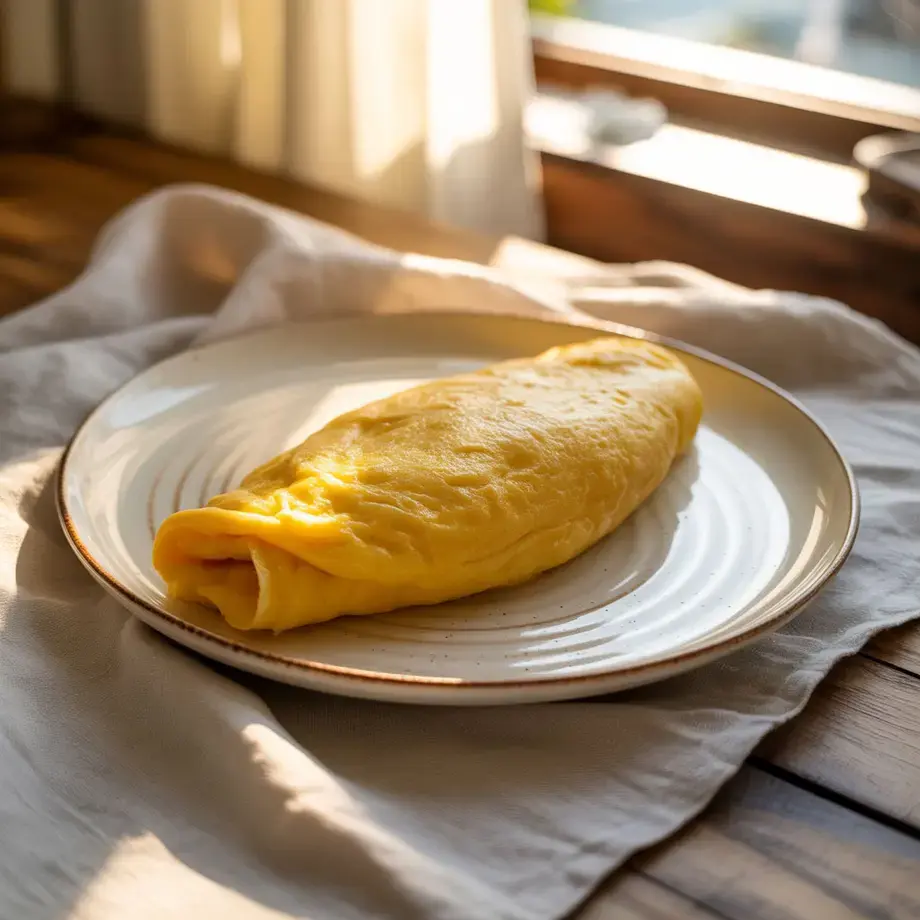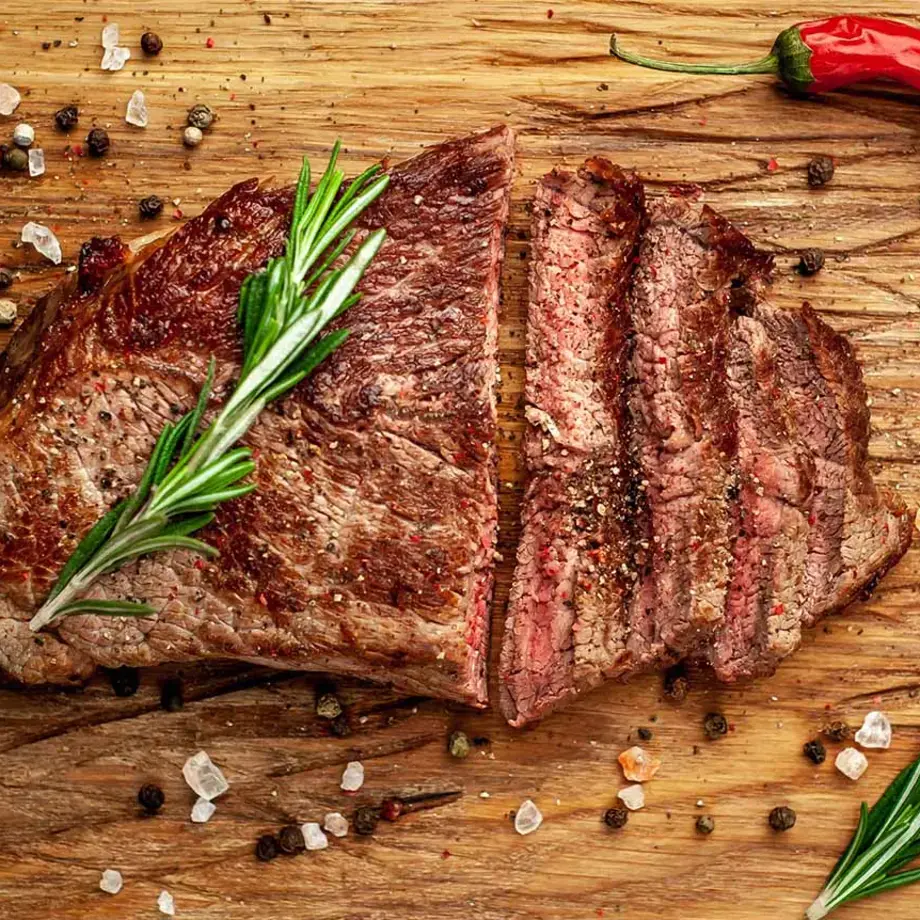Spaghetti pasta: 320 g
Egg yolks: 5
Guanciale: 150 g
Grated Pecorino Romano: 50 g
Salt: to taste
Black pepper: to taste
Carbonara is perhaps the most iconic traditional Italian dish. Over the years, its recipe and ingredients have been debated, but there is only one real carbonara, and it's prepared with eggs, pecorino romano, guanciale and pepper. Onions and cream are strictly forbidden.
Carbonara can be made with a variety of pasta shapes, but spaghetti is the most popular. Spaghetti carbonara can be prepared in a few minutes (in the time that it takes the pasta to cook), but the steps and quantities are the two parameters that determine the perfect outcome of a dish of carbonara pasta, as only Michelin-starred chefs can do. Here are all the steps for the preparation of the original carbonara.
To prepare the carbonara, start by heating the pasta water. While waiting for the water to boil, prepare the guanciale. Remove any rind and slice into strips, about 1 cm thick.

Heat a non-stick pan. When hot, add the guanciale strips.

Cook the guanciale until it becomes crunchy, then remove it from the pan with a slotted spoon and place on a sheet of absorbent paper.
Spread the guanciale out well, which should help keep its crunchiness.

Leave the guanciale's cooking fat in the pan, it's vital for dressing the carbonara later to add flavour to the pasta.

When the pasta water boils, add salt and then the spaghetti.

While the spaghetti is cooking, break the eggs and place the yolks in a very large glass bowl.

Beat the egg yolks and add the pepper and grated pecorino. Mix well with a whisk until you get a firm mixture.

Drain the pasta al dente, keeping back a glass of its cooking water. Toss the spaghetti quickly in the guanciale's remaining cooking fat.

Add a few tablespoons of the pasta cooking water to the egg mixture and dilute it to obtain a thick and enveloping cream.

At this point, put the spaghetti in a bowl. Add the egg mixture and mix quickly to amalgamate all the ingredients.

Add the crispy guanciale, stir one last time and serve your original spaghetti carbonara immediately.

History and origins
Carbonara is a typical recipe of the Lazio region, more precisely from the city of Rome. The history of this ancient dish is still uncertain, but the most accredited hypothesis is that it appeared on Italian tables around 1944, when American soldiers were looking for familiar ingredients to feed themselves (eggs, bacon, spaghetti). The first version was not like the carbonara we know today, but some cooks, seeing the concoction prepared by the soldiers, created the recipe that has successfully survived until today.
Types of pasta to use for carbonara
The Roman tradition provides for the use of spaghetti or rigatoni pasta for carbonara. The more creative versions and the natural evolution of this dish have also led to the use of penne rigate and potato gnocchi. The use of fresh egg pasta, such as tagliolini and tagliatelle, is certainly more American, and the result is still passable. Stuffed pasta is also excellent, such as ravioli, stuffed with egg yolk and pecorino cheese and then seasoned with guanciale and its fat, pecorino cheese and pepper (the classic gricia sauce, another typical Roman dish).
Alternatives
The alternatives to the classic carbonara are innumerable. There are those who prepare a vegetarian version, eliminating the guanciale and replacing it with asparagus, peas or zucchini. Even the guanciale, a typical dried meat from the Lazio area of Amatrice, is often replaced with pancetta. Although considered almost a heresy by purists of the Italian culinary tradition, the result is just as tasty.
There are also versions of carbonara without eggs, just create a cream with spreadable cheese and saffron (or turmeric). Pecorino is a pungent cheese, some mix it or even replace it with Parmigiano Reggiano for a slightly more delicate version of the recipe.
Conclusions
Carbonara should be eaten immediately to enjoy all its flavours and creaminess. The only way to enjoy it at its best is to prepare it on the spot. Also, discover the amatriciana recipe.













